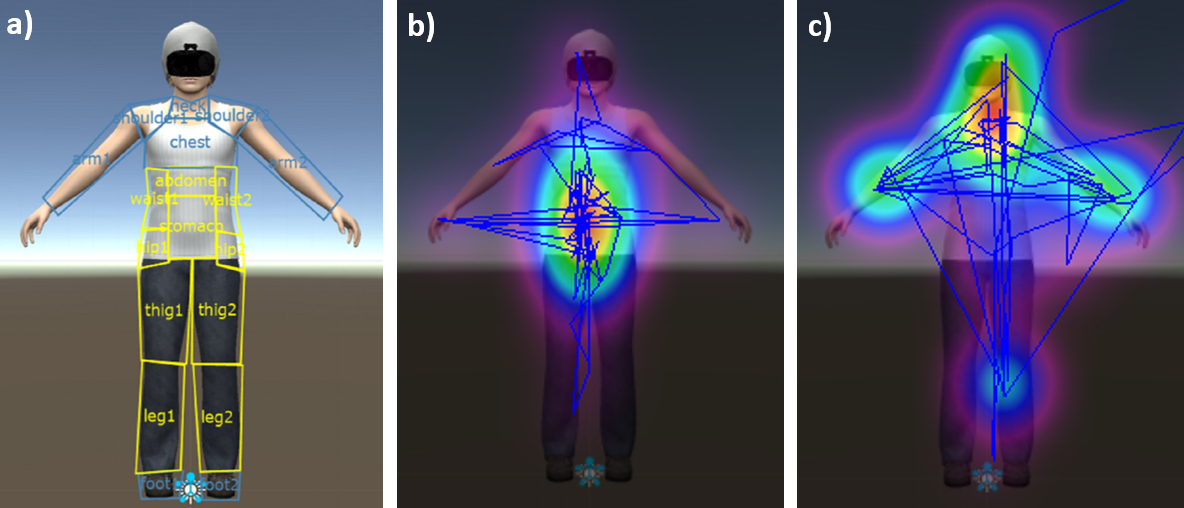Languages / Idiomas / Idiomes

Home > Virtual Reality Lab - Faculty of Psychology
Virtual Reality Lab - Faculty of Psychology

Presentation
Our group is recognized as consolidated by the Generalitat of Catalonia (Group of Research on Virtual Reality Application and Other New Technologies in Clinical and Health Psychology; VR-PSY Lab). We develop research into applications of virtual reality and other new technologies for evaluation and treatment in clinical and health psychology. Such applications are characterized by high levels of internal and external validity, as they allow the use of highly controlled procedures in realistic simulations. Within the framework of various research projects we have developed applications and studied their reliability, validity and effectiveness for the assessment and treatment of problems such as schizophrenia, attention deficit disorder with hyperactivity, evaluation anxiety, school phobia, flying phobia, chronic pain, obsessive-compulsive disorder, addictions and, in particular, food disorders. In the latter group of disorders we have also conducted research on altered basic psychological processes, personality, as well as prevention, design and implementation of public health policies.

Study: Modification of the body-related attentional bias through Virtual Reality to enhance the treatment of anorexia nervosa (AN-VR-ABMT)
The general objectives of this project are: 1) Develop a procedure to reduce body-related attentional biases through Eye-Tracking and Virtual Reality techniques. 2) Integrate this procedure into a treatment of body exposure aimed at reducing the fear of gaining weight. 3) Analyze the increase in the effectiveness of the usual treatment by intensifying it with the addition of a VR-based component of body exposure and by adding a VR-based component to reduce attentional bias.
Vídeo: Virtual Reality-based body exposure and attentional bias modification task.
Current study: Improving the treatment of anorexia nervosa in children through virtual reality body exposure
There is a worrying increase in the prevalence of anorexia nervosa (AN) in childhood. The consequences of
early-onset anorexia have a strong negative effect on later adult life. Regardless of the treatment applied, only
about half of patients maintain their restored weight in the long term. Little research has been done to tailor
treatment for younger patients. Therefore, there is an urgent need for studies on new strategies to treat this
serious disorder in children.
The core study of this project is a randomized controlled study, following CONSORT guidelines, that will be
preceded by a technological development phase.
The hypothesis is: if a component of exposure to one's own body through virtual reality is added to the usual treatment for AN in children, then the treatment
will be more effective. Furthermore, if a component designed to reduce body attention bias is also added, then
the efficacy of the treatment will be even greater.

Figure: a) Definition of the areas of interest (AOIs): weight-related areas in yellow, non-weight-related areas in blue. Examples of some heatmaps of attentional patterns from the eye tracking function integrated into the Virtual Reality head-mounted display: b) example of attentional bias towards weight-related AOIs; c) example of attentional bias towards non-weight-related AOIs.
Other activities of the Virtual Reality Lab:
Contacts: